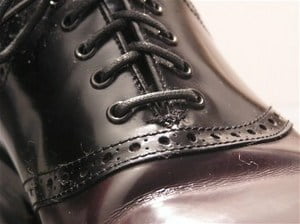Circumcised vs. Uncircumcised
There has been much debate throughout the last century, and probably even longer, about whether circumcision is the best, and more importantly, the healthiest decision to make for your newborn baby boy. Most Christians, I believe, will tell you that in Genesis 17:11, God said to Abraham “You are to undergo circumcision, and it will ...


